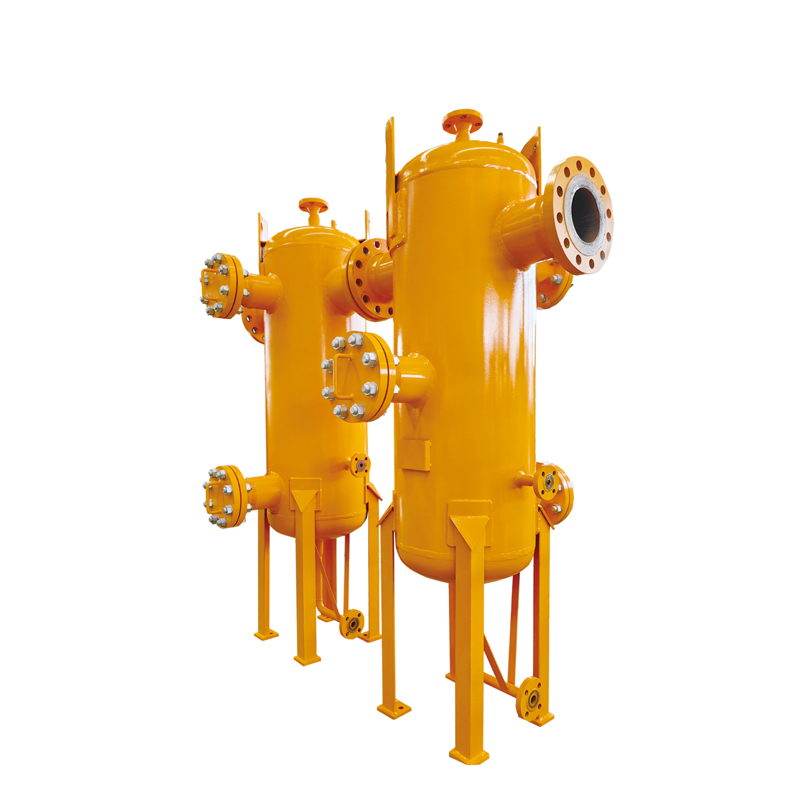
Dec . 06, 2024 11:42
Back to list
مخفض الضغط
Understanding Pressure Reducing Valves (مخفض الضغط)
Pressure reducing valves, commonly referred to as PRVs (مخفض الضغط in Arabic), are essential components in various fluid systems, particularly in water supply and gas distribution networks
. These devices serve the purpose of maintaining a consistent and safe pressure downstream, despite fluctuations that may occur in the upstream supply system. Understanding how these valves function and their significance can help in both industrial and residential applications.The Function of Pressure Reducing Valves
At its core, a pressure reducing valve is designed to regulate the pressure of the fluid flowing through a system. When fluid pressure exceeds a predetermined threshold, the PRV automatically adjusts to reduce the pressure to a safe and manageable level. This is crucial in ensuring the longevity of pipes and fittings, preventing leaks, bursts, and other potential failures due to excessive pressure.
Working Mechanism
The operation of a PRV is relatively straightforward. It consists of a valve body, an adjustable spring, a diaphragm, and an inlet and outlet port. When fluid enters the valve, it exerts pressure on the diaphragm. The pre-set spring tension keeps the valve closed until the incoming pressure exceeds the desired limit. Once this limit is reached, the diaphragm moves, allowing the valve to open and reduce the pressure to the specified level before the fluid continues downstream.
The adjustable spring mechanism is particularly beneficial, as it allows for the pressure settings to be customized according to specific needs. This flexibility makes PRVs suitable for a wide range of applications, from simple residential plumbing systems to complex industrial operations.
Applications of Pressure Reducing Valves
PRVs are widely used in both domestic and industrial settings. In residential applications, they are often installed in water supply systems to protect household plumbing fixtures from high pressure. Without a pressure reducing valve, a household may experience issues such as leaking faucets, damaged water heaters, and even compromised plumbing infrastructure.
In industrial settings, PRVs play a crucial role in various processes, including chemical manufacturing, steam systems, and irrigation. They help to control pressure within boilers, ensuring safe operation and efficiency. Additionally, by managing pressure within irrigation systems, PRVs can optimize water distribution, promoting effective resource management.
مخفض الضغط

Benefits of Using Pressure Reducing Valves
1. Safety By preventing excessive pressure buildup, PRVs significantly reduce the risk of system failures, ensuring the safety of both people and equipment.
2. System Longevity Consistent pressure levels help to extend the lifespan of plumbing and pipeline systems, reducing maintenance costs.
3. Efficiency Maintaining optimal pressure can improve the overall efficiency of systems, reducing energy consumption and operational costs.
4. Customizability The ability to adjust the pressure settings means that PRVs can be tailored to meet the specific needs of different applications, enhancing flexibility.
Choosing the Right Pressure Reducing Valve
When selecting a pressure reducing valve, it’s essential to consider various factors such as the type of fluid, the flow rate, and the required outlet pressure. Consulting with a knowledgeable supplier or engineer can also help in determining the best PRV for a specific application.
Conclusion
Pressure reducing valves (مخفض الضغط) are vital components in managing fluid systems, providing safety, efficiency, and longevity. Their ability to maintain accurate pressure levels makes them indispensable in both residential and industrial contexts. As technology continues to evolve, the design and efficiency of these valves are expected to improve, further enhancing their role in fluid management systems worldwide. Understanding and implementing PRVs in the right settings can lead to significant benefits for both users and service providers.
Latest news
-
Safety Valve Spring-Loaded Design Overpressure ProtectionNewsJul.25,2025
-
Precision Voltage Regulator AC5 Accuracy Grade PerformanceNewsJul.25,2025
-
Natural Gas Pressure Regulating Skid Industrial Pipeline ApplicationsNewsJul.25,2025
-
Natural Gas Filter Stainless Steel Mesh Element DesignNewsJul.25,2025
-
Gas Pressure Regulator Valve Direct-Acting Spring-Loaded DesignNewsJul.25,2025
-
Decompression Equipment Multi-Stage Heat Exchange System DesignNewsJul.25,2025

